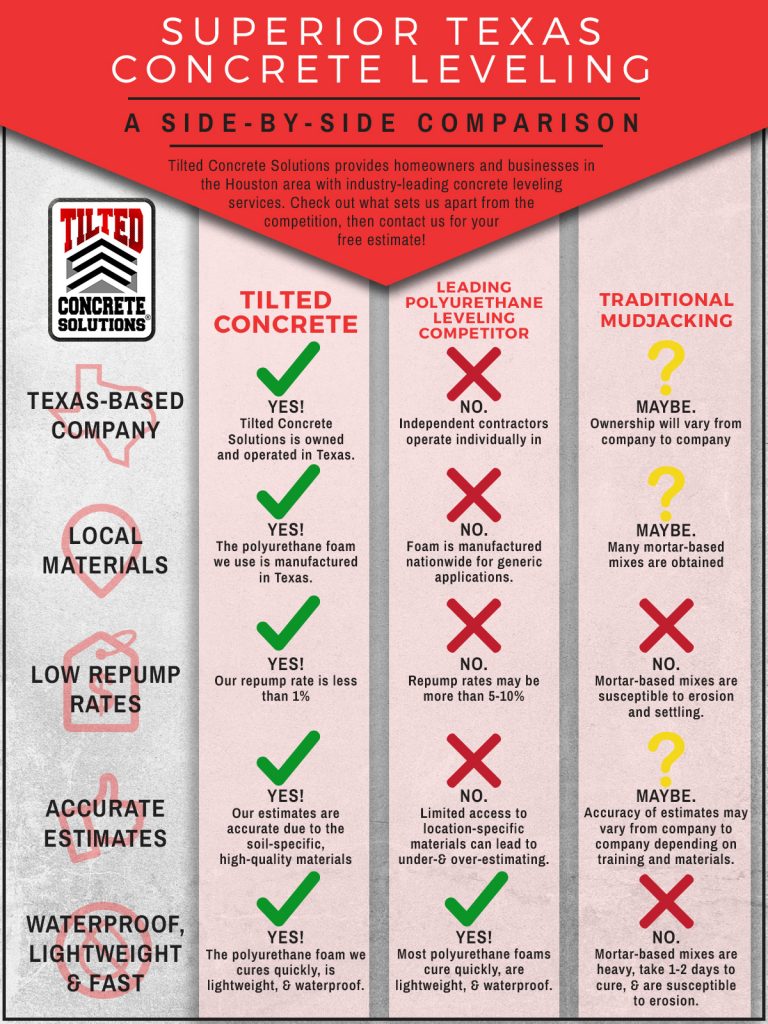Just How Do Well-Chosen Colors Affect Your Brand Name'S Good Looks In Industrial External Painting? Delve Into The Vital Elements That Guide Your Decision-Making Procedure
Just How Do Well-Chosen Colors Affect Your Brand Name'S Good Looks In Industrial External Painting? Delve Into The Vital Elements That Guide Your Decision-Making Procedure
Blog Article
Short Article Writer-Joyce Luna
When it pertains to commercial outside painting, the shades you choose can make or break your brand's charm. Recognizing how various colors influence understanding is crucial to attracting clients and building depend on. However it's not almost personal choice; regional patterns and laws play a significant role also. So, how do you locate the best balance in between your vision and what reverberates with the neighborhood? Allow's discover the essential factors that guide your shade options.
Comprehending Color Psychology and Its Impact on Company
When you pick colors for your organization's outside, comprehending color psychology can significantly influence exactly how prospective customers view your brand.
Shades stimulate feelings and established the tone for your service. For instance, blue commonly shares trust fund and professionalism and trust, making it perfect for banks. Red can develop a sense of urgency, perfect for restaurants and clearance sales.
Meanwhile, green signifies growth and sustainability, appealing to eco-conscious consumers. Yellow grabs interest and stimulates optimism, however too much can bewilder.
Consider your target market and the message you intend to send. By picking the ideal colors, you not only enhance your curb allure but likewise straighten your photo with your brand name worths, inevitably driving consumer interaction and loyalty.
Studying Local Trends and Rules
Just how can you ensure your external painting selections resonate with the neighborhood? Beginning by investigating regional fads. Go to nearby businesses and observe their color design.
Remember of what's prominent and what feels out of area. This'll aid you align your options with community aesthetic appeals.
Next off, examine neighborhood guidelines. Several communities have guidelines on outside shades, particularly in historic districts. You don't intend to hang around and money on a scheme that isn't certified.
Engage with local business owners or area teams to collect understandings. They can provide valuable responses on what shades are popular.
Tips for Harmonizing With the Surrounding Atmosphere
To create a natural look that mixes flawlessly with your surroundings, consider the natural surroundings and building designs nearby. Beginning by observing the shades of nearby buildings and landscapes. Earthy tones like greens, browns, and soft grays frequently work well in all-natural settings.
If minneapolis interior home painters is near vivid city areas, you may choose bolder shades that mirror the regional energy.
Next, think of the architectural design of your structure. Conventional designs may gain from traditional shades, while modern designs can embrace contemporary palettes.
Check your color choices with samples on the wall surface to see exactly how they connect with the light and setting.
Ultimately, bear in mind any kind of local guidelines or area visual appeals to guarantee your choice enhances, as opposed to clashes with, the surroundings.
Conclusion
To conclude, selecting the appropriate shades for your industrial exterior isn't just about looks; it's a tactical decision that affects your brand's assumption. By using shade psychology, taking into consideration neighborhood trends, and ensuring harmony with your environments, you'll develop a welcoming ambience that draws in clients. Don't forget to evaluate samples before dedicating! With the ideal approach, you can boost your company's curb appeal and foster long lasting client interaction and loyalty.
